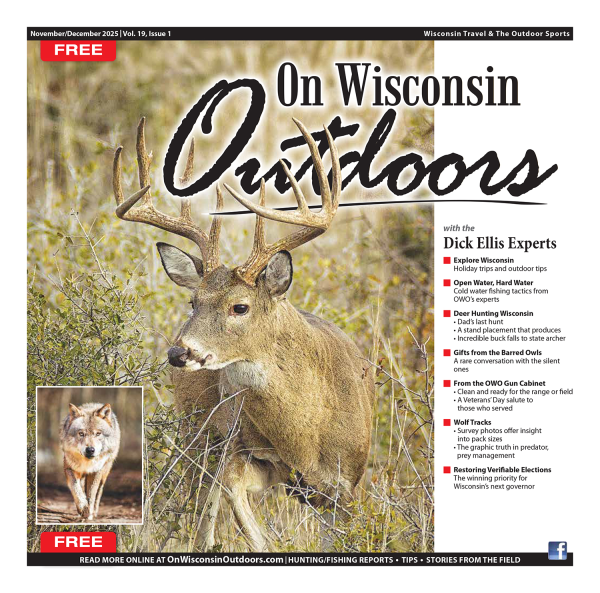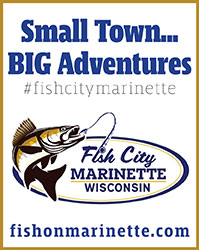Glossy ibis & 12 other new bird species breeding in Wisconsin
Contact(s): Nicholas Anich, 715-685-2930 or Ryan Brady 715-685-2933
Glossy Ibis Found Nesting for First Time in State History

Glossy ibis, an Atlantic coast species, have been documented nesting in Wisconsin for the first time.Photo credit: Jack Bartholmai
MADISON, Wis. - Volunteers and organizers wrapped up Wisconsin's five-year statewide breeding bird survey with an exciting photo finish: volunteer Aaron Haycraft sighted a glossy ibis pair and their young at Horicon Marsh, the first time this Atlantic Coast bird has been documented nesting in Wisconsin.
The glossy ibis brought the total number of species confirmed as breeding in the state since 2015 to 226. Thirteen of the new species documented breeding in Wisconsin were not documented during a survey in 2000.
"Finding a breeding glossy ibis here was definitely unexpected. It was a fitting end to data collection, and it is a testament to the high-quality wetland habitat offered at Horicon Marsh and to the dedication of our hardworking volunteers," said Ryan Brady, a Department of Natural Resources conservation biologist and science coordinator for the survey, known as the Wisconsin Breeding Bird Atlas II.
Birdwatchers, nature centers, bird clubs, nonprofit organizations and government agencies all worked together on the survey, coordinated jointly by the Wisconsin Society for Ornithology, DNR, Western Great Lakes Bird and Bat Observatory and the Wisconsin Bird Conservation Initiative.
More than 2,000 volunteers submitted more than 2 million records of the different species and breeding behaviors they saw while scouring thousands of survey blocks statewide.
"We could not have accomplished this without the amazing effort we saw from volunteer birders -- we had almost 500 survey blocks to finish this year, but everyone stepped up and finished it off," said DNR conservation biologist and Atlas coordinator Nick Anich.
The 13 new species recorded represent bird populations expanding their range, like Mississippi kite; non-native species that escaped captivity, like European goldfinch; or birds that are the focus of species recovery campaigns, like the whooping crane.
Bird Observations Still Accepted but Focus Shifts to Analysis, Mapping and Writing
While survey coordinators still welcome observations or sightings with breeding activity of young birds through 2019, they are now focusing on reviewing the data already collected since 2015.
"After 2020, the results will be prepared and formatted for release in a book," said the Wisconsin Society for Ornithology's Carl Schwartz, a lead member of the project's steering committee.
"Though publication is still several years out, we are already turning our attention to the production of the print Atlas," Schwartz said. "As a follow-up to the first atlas produced 20 years ago, this book will give us extraordinary insight into the changes occurring to Wisconsin's birdlife."
Atlas results will be published online in a user-friendly format that will complement the book. Explore preliminary species maps now at www.ebird.org/atlaswi and stay up-to-date on project news at wsobirds.org/atlas (both links exit DNR).












